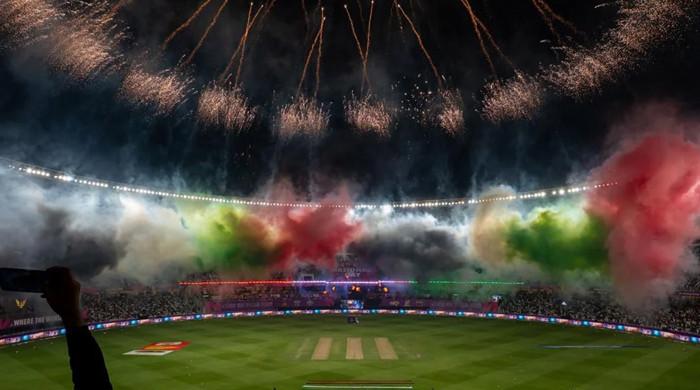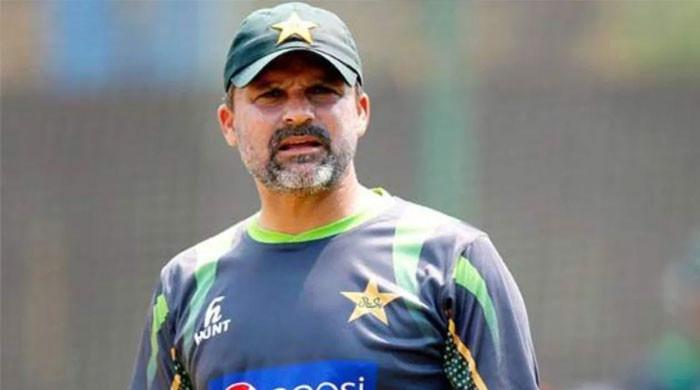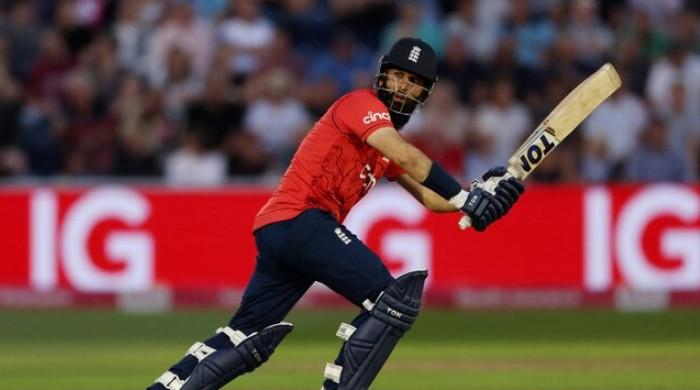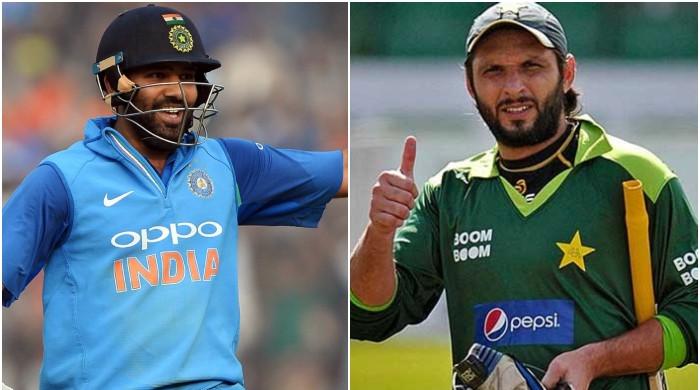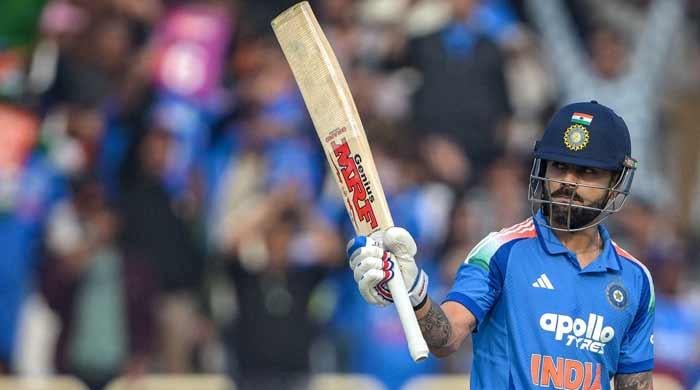The Edgbaston debacle
The difference between the two sides is so glaring that it becomes a little comical, at times
June 05, 2017
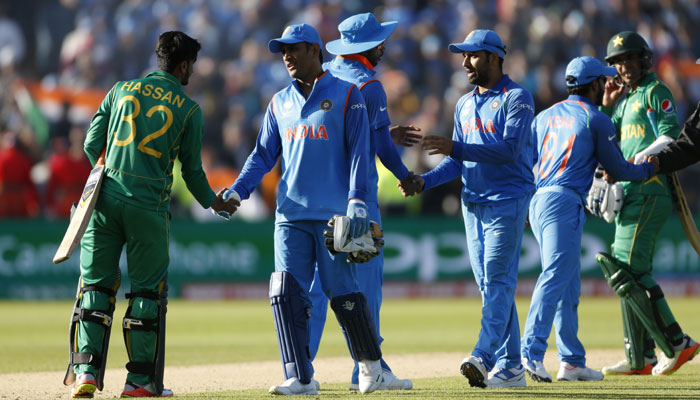
The difference between the two sides is so glaring that it becomes a little comical, at times. Yet, before every Pakistan-India clash, there is this inevitable hope that starts to build up. There is hope for one good spell, a good batting display and prayers for a lot of divine help. That hope is getting quashed far too often these days. The performances are getting far too abysmal. The decay in Pakistan cricket is showing its full force now.
But now on to the controllable factors – the ones that make this entire experience all the more frustrating.
Coach Mickey Arthur and captain Sarfraz Ahmed showed up at the pre-game presser together. Maybe it was a tactical move aimed at highlighting the reported discord between Anil Kumble, the Indian coach, and Virat Kohli. But what good are these tactics if the actual on-field performances show minimal – zero, to be honest – improvement?
Sarfraz mentioned his team had nothing to lose. In a way he is correct because they are already at the proverbial rock bottom even if the rankings place them above the West Indies and a few other teams. But whatever happened to going down fighting?
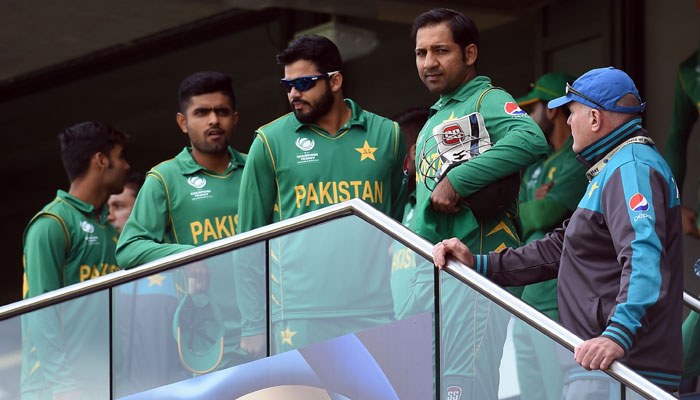
While Arthur said they were changing their brand of cricket – no containing and a lot of attacking, none of what Sarfraz and Arthur claimed in their press talks turned out to be true on Sunday.
Sarfraz looked as clueless as captain as his predecessor, Azhar Ali. He will learn with time, sure, but a little more game awareness would be a very welcome addition. Basically, Pakistan froze on Sunday like they did in the 2015 World Cup, the 2014 WT20 and the 2012 WT20. They froze because their captain froze. Stage fright got the better of him, perhaps. He came in with a very set plan and seemed unwilling to do anything out of the box, something he promised Pakistan would do against India.
Since the 2015 World Cup, India’s run rate in the first 10 overs is the lowest of the eight competing teams in this tournament. They have batted with an average run rate of 4.84 in these two years. Why, then, was Imad Wasim made to bowl six of the first 12 overs? He doesn’t exactly turn the ball like Muralitharan and it sure as hell wasn’t turning square. In England, with a partial cloud cover, after Mohammad Amir bowled a maiden over first up, just a couple of overs from a pacer would not have been too bad.
If the idea was to pick wickets, why didn’t we see two pacers steaming in, with a slip cordon chirping in the batsman’s ears? Where was the point fielder walking in every ball and messing with the mind of the batsman? Instead, we saw a half-present Ahmad Shehzad letting balls go past him at point and not backing up. At one point, young Hassan Ali was taking guidance from Imad Wasim and Babar Azam. Where were the senior pros when Ali was clueless against Kohli and Yuvraj?
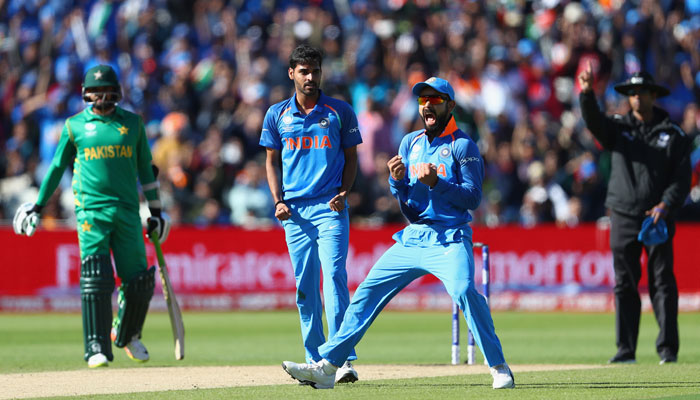
Virat Kohli averages 85.40 against Pakistani spinners. So, what did Sarfraz do as soon as Kohli walked in? He bowled four overs of spin. That gave Virat Kohli 16 balls to settle in before Amir was brought back to bowl in the 30th over.
Of course, there was the odd silver lining. Young Shadab Khan, Amir and Hassan Ali combined to dry up the runs in the middle. But for every good over by these three, there was inexplicably poor bowling from Wahab Riaz. When Shadab finally created a proper chance in his final over, Hassan Ali dropped a sitter at long off. He was on 8 off 7 deliveries and went on to add 45 off 25 after the drop.
Kohli, too, was given a life. He was on 43 off 55. He ended up adding 38 from the next 13 balls that he faced.
That’s 83 runs in 38 balls – runs that Pakistan could not make and a psychological dressing down that they could not recover from. Pakistan’s bowling is no way near what it used to be in the past. Combine that with shoddy fielding displays and Pakistan basically entered the field willing to gift free runs to the opposition.
The chase was never on but there are lessons for Pakistan’s batters in there.
Chasing 289 from 41 overs – a required run rate of 7 runs per over – the top four batters had strike rates of 77, 55, 67 and 77, respectively. There is so much talk about intent and no one has ever explained what it means. Surely, you can quantify intent by looking at numbers? India ended their innings with a dot ball percentage of 42 per cent. They milked Pakistan for easy singles and doubles. Pakistan’s dot-ball percentage was at 56 per cent. What happened to all the talk about improving strike rotation and looking for gaps?
The mental block that haunted India against Pakistan in the 90s or before that is now troubling Pakistan. It’s frustrating because this block takes Pakistan below their own self-established low standards.
Imran A. Khan is a freelance journalist based in New York. He worked as a Marketing, Media and PR manager for the Pakistan Super League and the Pakistan Cricket Board. He tweets @imranahmadkh




